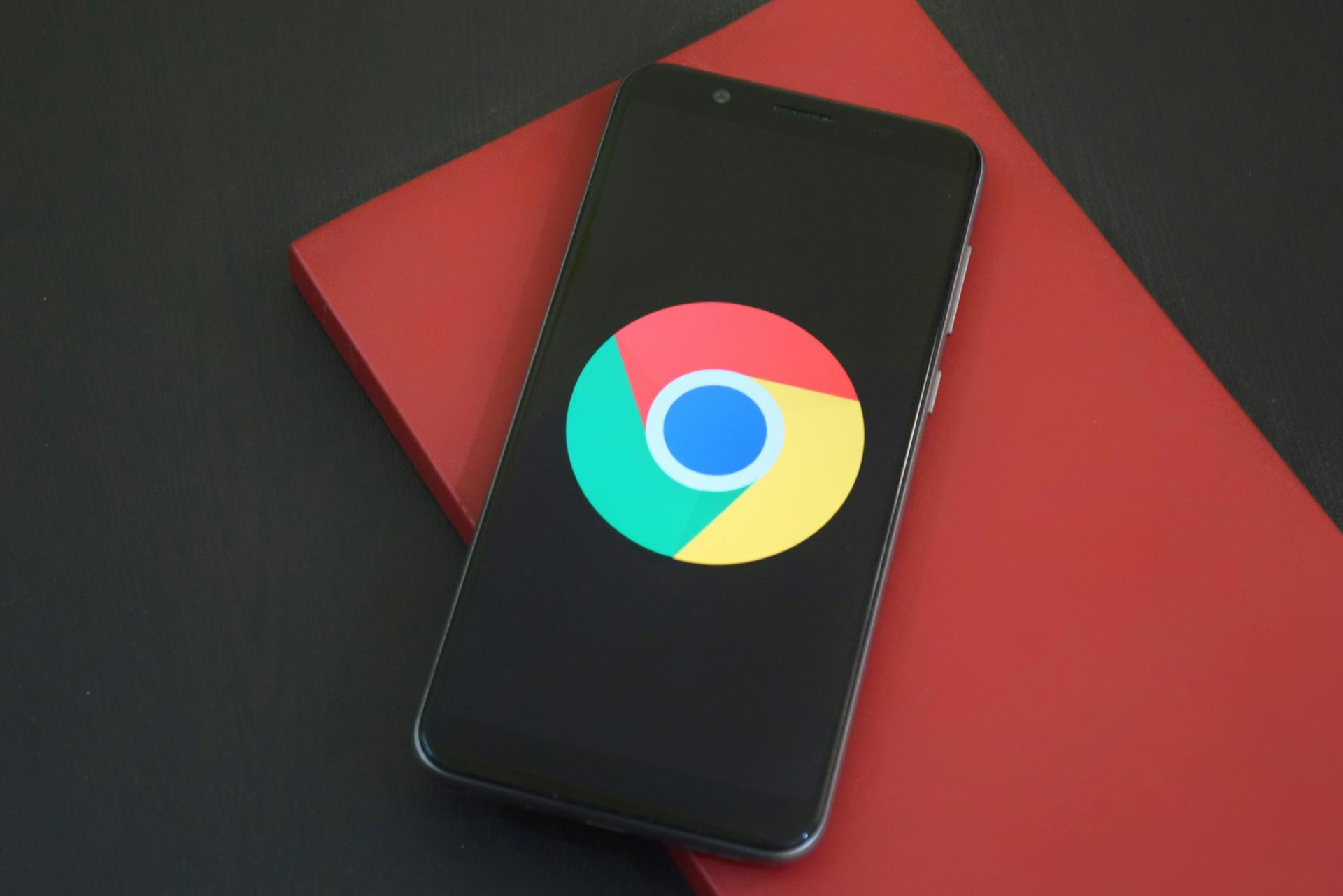Introduction
If you’re a Chromebook user looking to unlock advanced features or gain deeper control over your device, you’ll want to enable Developer Mode. By turning on Developer Mode in Chrome OS, you can install Linux distributions, customize your Chromebook, and experiment with features that aren’t available in the standard mode. In this guide, we’ll walk you through the steps to how to turn on chrome os developer mode on your Chromebook, the pros and cons, and important security considerations.
What is Chrome OS Developer Mode?
Developer Mode in Chrome OS is a setting that allows you to have root access to your Chromebook. This means you can make system-level changes, install Linux distributions, sideload Android apps, and enable developer tools that aren’t available in standard mode.
However, enabling Developer Mode comes with risks. It wipes all the data on your Chromebook and disables certain security features, so it’s important to weigh the benefits before proceeding.
How to Turn On Developer Mode on Chromebook
Here’s a simple step-by-step guide to help you enable Developer Mode on your Chromebook:
1. Backup Your Data
Before turning on Developer Mode, it’s essential to back up all your important files, as this process will completely wipe your Chromebook’s data. You can use Google Drive or an external storage device to save your files.
2. Enter Recovery Mode
- Turn off your Chromebook completely.
- Press and hold the Esc + Refresh keys on your keyboard, then press the Power button.
- Your Chromebook will boot into Recovery Mode with a screen that says, “Chrome OS is missing or damaged.”
3. Turn on Developer Mode
- Once in Recovery Mode, press Ctrl + D on your keyboard.
- You will see a prompt that says, “To turn OS verification OFF, press Enter.”
- Press Enter to proceed.
- Your Chromebook will reboot and start preparing Developer Mode. This process might take 10-20 minutes.
4. Wait for Developer Mode Setup
After rebooting, you’ll see a screen that says, “OS verification is OFF.” Wait for your Chromebook to prepare Developer Mode. You may need to press Ctrl + D again to bypass the OS verification warning.
5. Complete Setup
Once the setup is complete, your Chromebook will boot up in Developer Mode. You now have root access and can begin customizing your Chromebook as you like.

Things to Know Before Enabling Developer Mode
1. Data Wipe
Enabling Developer Mode will erase all the data on your Chromebook. Make sure to back up your files before proceeding.
2. Security Risks
Developer Mode disables some of Chrome OS’s built-in security features, including Verified Boot. This means your Chromebook is more vulnerable to malware and other security risks. Make sure you’re comfortable with this before turning it on.
3. Frequent Warnings
Every time you boot up your Chromebook in Developer Mode, you’ll see a warning message telling you that OS verification is off. You can bypass this by pressing Ctrl + D, but there’s no way to permanently disable the warning.
Advantages of Turning on Developer Mode
- Install Linux Distributions: Run Linux apps and gain access to a full Linux environment on your Chromebook using Crostini.
- Sideload Android Apps: Install Android apps outside of the Google Play Store.
- Customization: Tweak Chrome OS settings and experiment with features not available in standard mode.
- Developer Tools: Use powerful developer tools like adb (Android Debug Bridge) and gain root access for development purposes.
Disadvantages of Developer Mode
- Security Vulnerabilities: Developer Mode disables key security features, making your Chromebook more susceptible to attacks.
- Data Wipe: Every time you switch to Developer Mode or turn it off, your Chromebook’s local storage will be wiped.
- Annoying Boot Warnings: You’ll encounter a boot warning every time you restart your Chromebook in Developer Mode.
How to Turn Off Developer Mode
If you decide to turn off Developer Mode, here’s how to do it:
- Restart your Chromebook and wait for the OS verification message.
- Press the Spacebar when prompted to re-enable OS verification.
- Your Chromebook will restart and begin the process of turning off Developer Mode. Like before, this will erase all local data, so ensure your files are backed up.
Once Developer Mode is disabled, your Chromebook will return to its standard operating state with all security features enabled.
FAQs About Chrome OS Developer Mode
Q: Will enabling Developer Mode void my warranty?
In most cases, turning on Developer Mode won’t void your warranty. However, it’s always a good idea to check with the manufacturer for your specific Chromebook model.
Q: Can I install Windows on my Chromebook in Developer Mode?
While Developer Mode gives you more control over your Chromebook, it does not allow you to install Windows natively. However, you can run Linux distributions or use Crouton for a more desktop-like experience.
Q: Is there a way to disable the Developer Mode boot warning?
Unfortunately, there’s no way to permanently disable the Developer Mode boot warning. You will need to press Ctrl + D every time you boot your Chromebook in Developer Mode.
Conclusion
Turning on Chrome OS Developer Mode opens up a world of possibilities for customization, development, and experimentation. While it comes with some risks—such as data wipes and security vulnerabilities—it can significantly expand the functionality of your Chromebook.
Whether you want to install Linux, sideload apps, or use developer tools, Developer Mode is your gateway to unlocking the full potential of your Chromebook. Just remember to proceed with caution, back up your data, and be aware of the trade-offs.
For more in-depth Chromebook tips, tricks, and troubleshooting, visit CodeSolutionsHub.

Leave a Reply